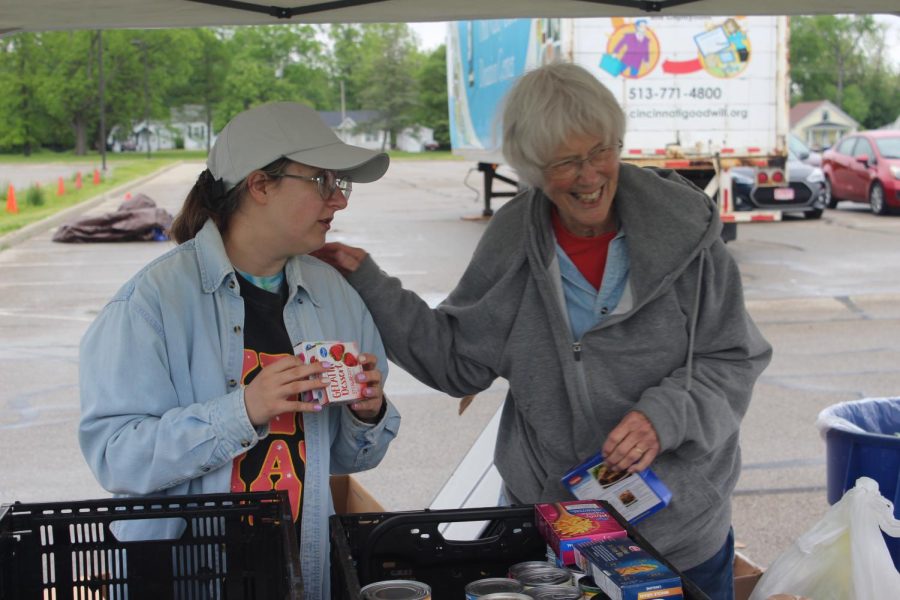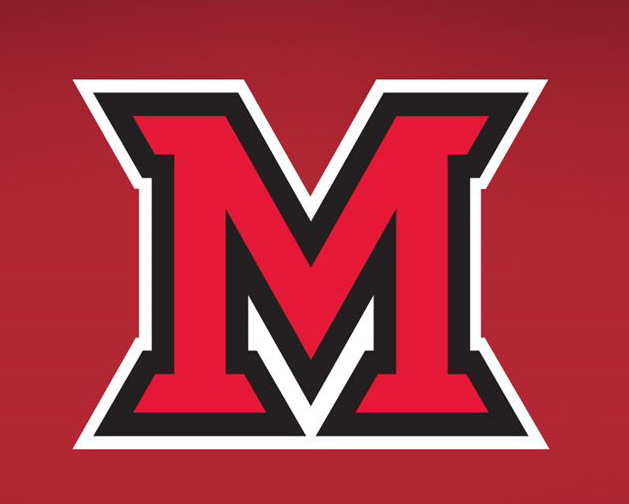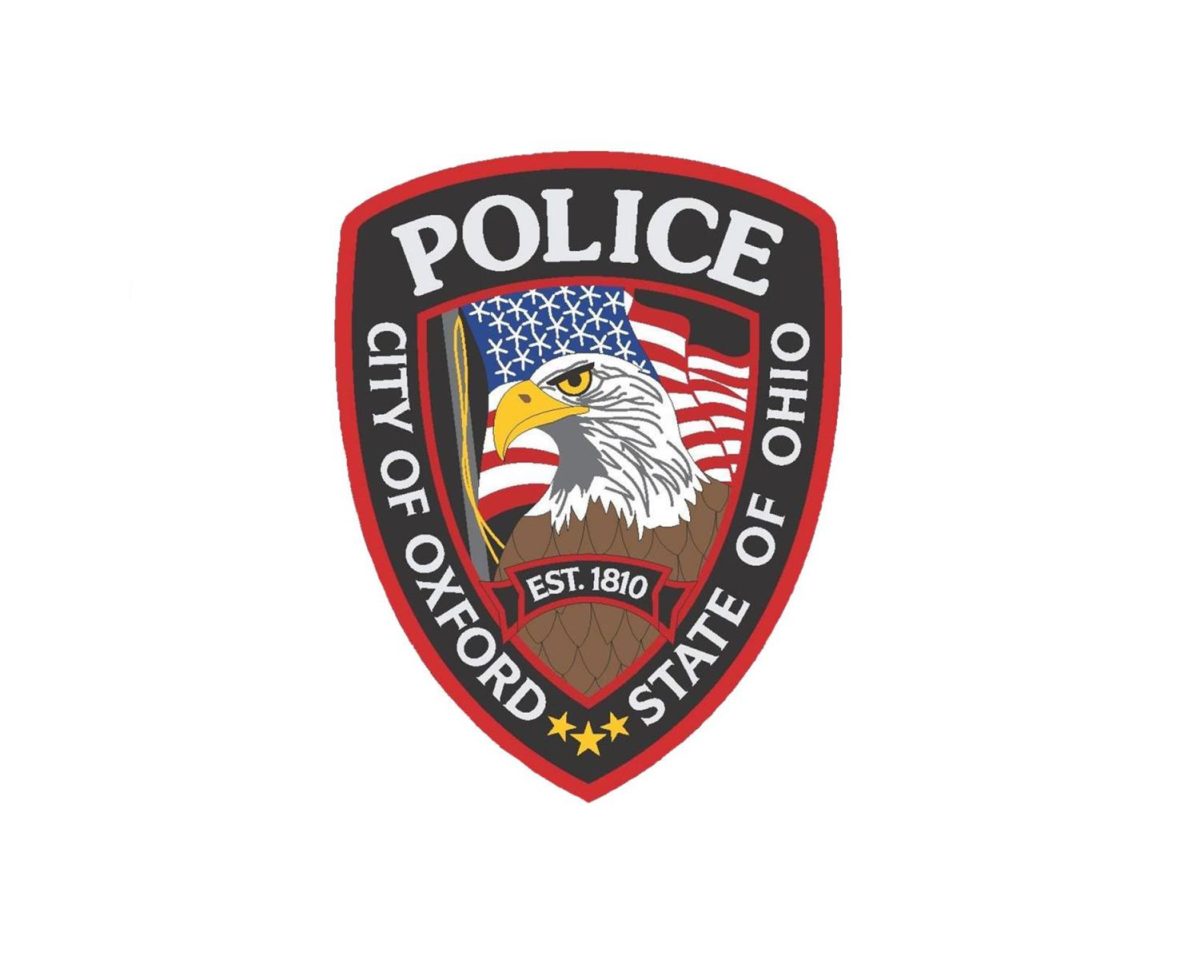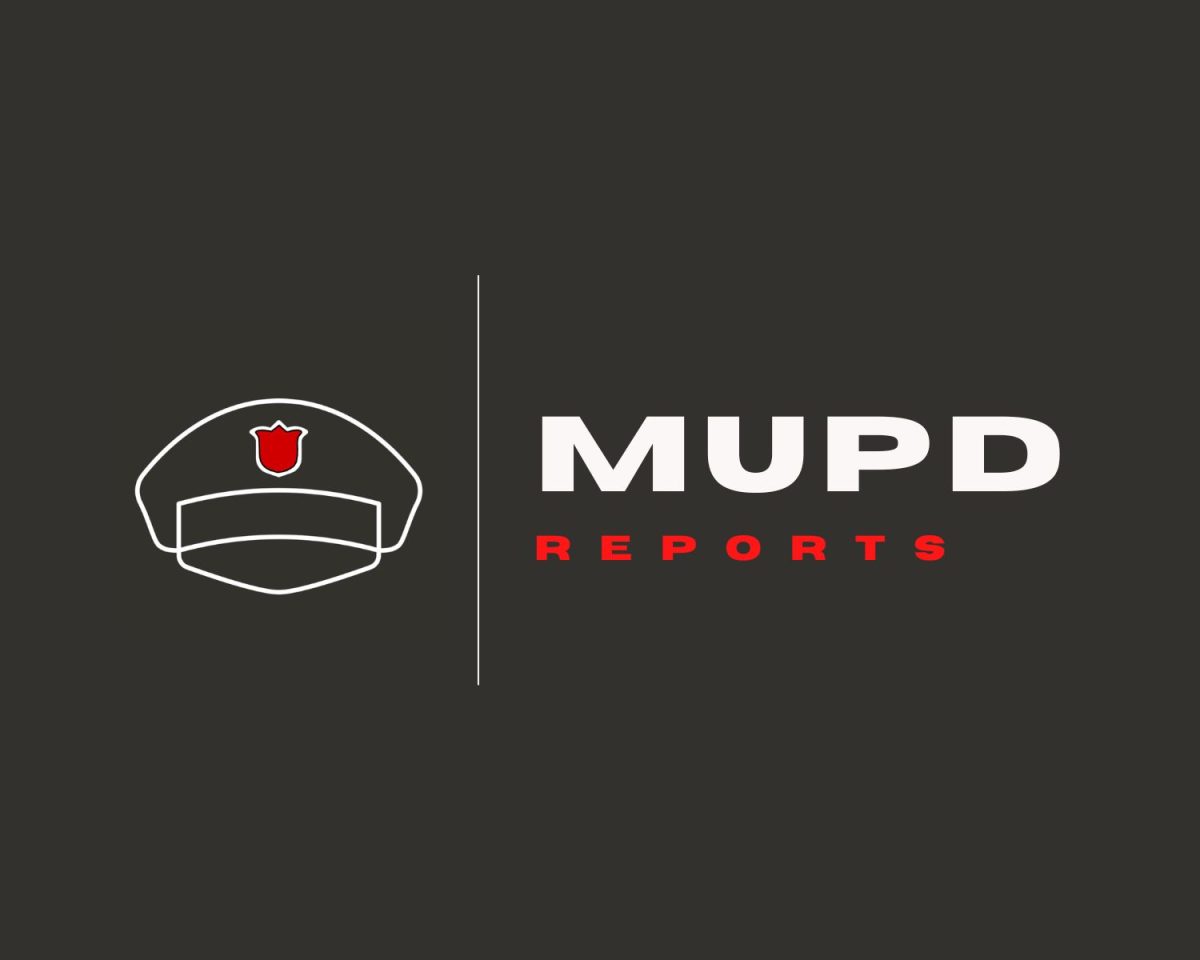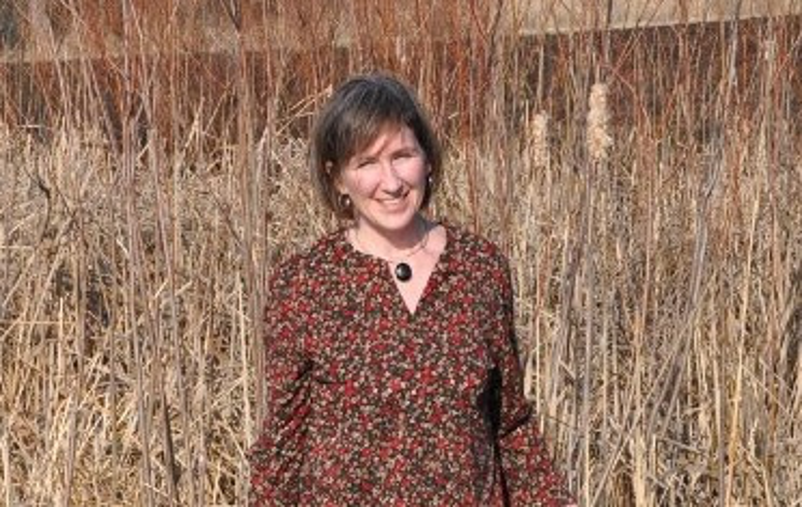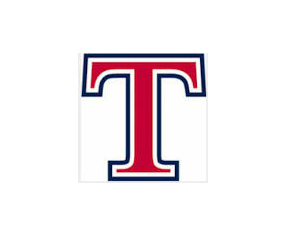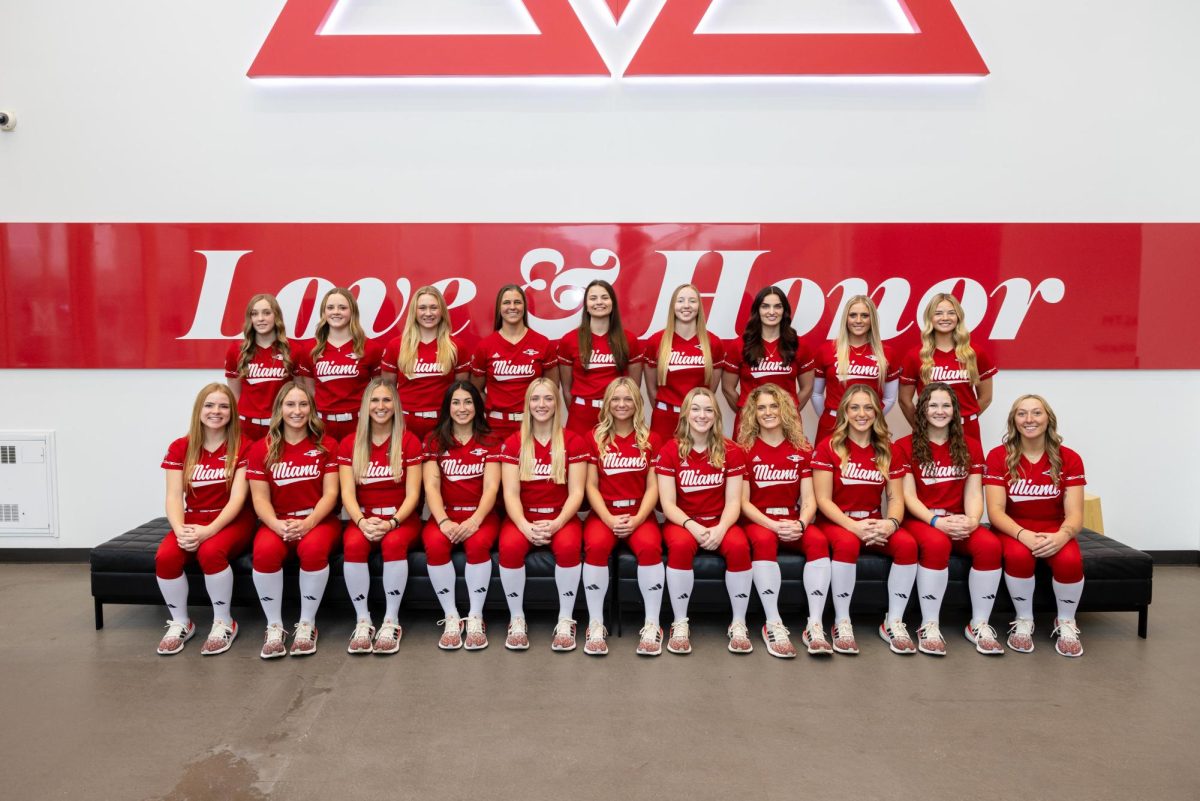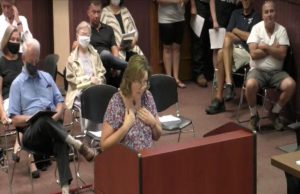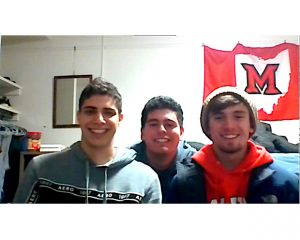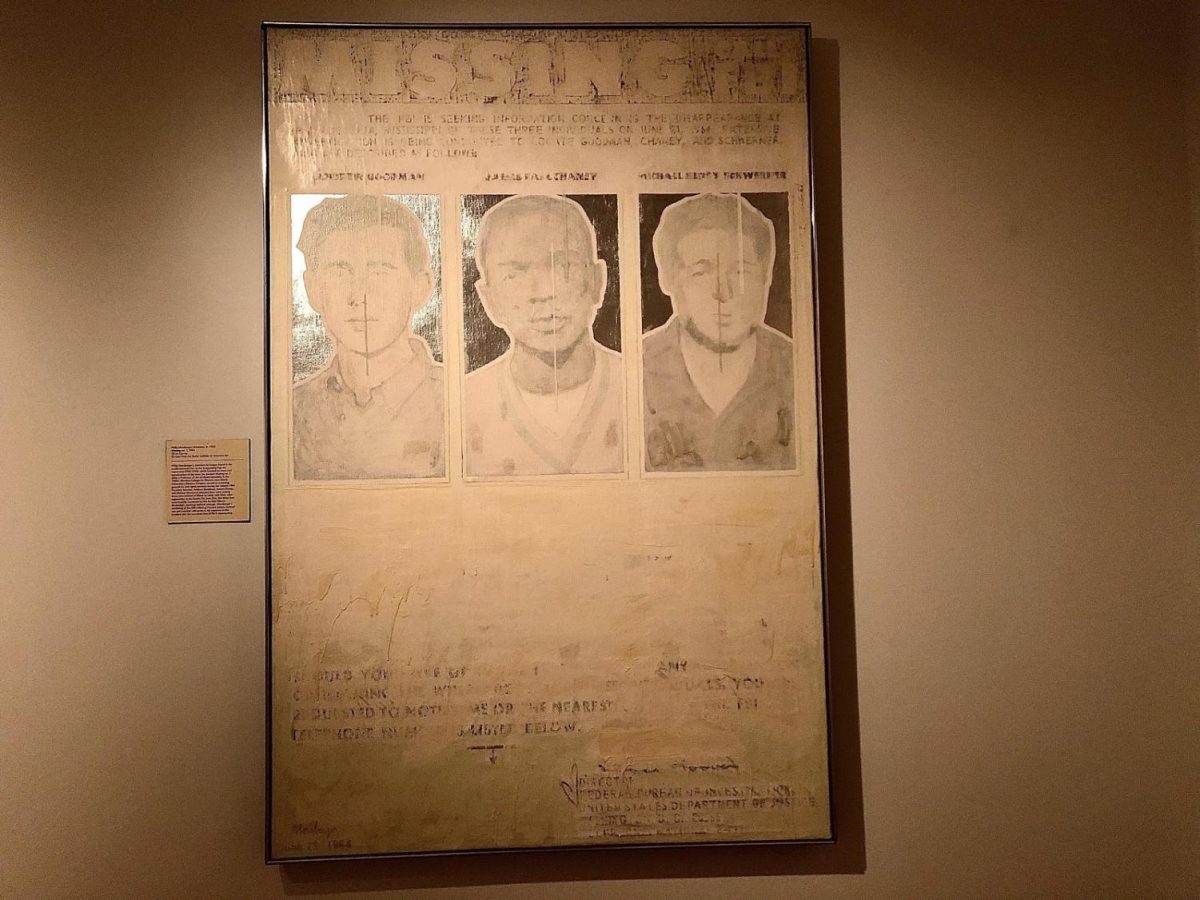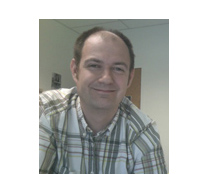A new addition to the “History at Glance” exhibition at the Miami University Art Museum depicts a faded FBI flyer of three men who went missing while on a voter registration drive to Mississippi during the 1964 Freedom Summer.
The three men, James Chaney, Andrew Goodman and Michael Schwerner, were last seen at a training center on what is now Miami’s Western Campus, before they departed for Mississippi. Their murdered bodies were discovered in Mississippi two months after they disappeared.
Freedom Summer is being commemorated with a conference entitled “Freedom Summer, Then, Now and the Future,” at the National Underground Railroad Freedom Center in Cincinnati, Friday and Saturday, Nov. 1 and 2.
The conference will honor the 55th anniversary of Freedom Summer by including speakers, performances, panel discussions and a film screening. On Friday, the event will kick off with a reception at 6 p.m. and end with a Q&A at 8 p.m. On Saturday, doors will open at 9 a.m. and end at 7 p.m. Both sessions are free and open to the public.
The event is in partnership with Miami University and the Miami Humanities Center and will be sponsored by Macy’s, The John A. Schroth Family Charitable Trust, PNC BANK and Trustee.
Many Miami professors will be in attendance and opening remarks will be delivered by Miami President Gregory Crawford.
Andy Rice, an assistant film and comparative studies professor at Miami, will be showcasing the video, “Reading Freedom Summer” at the event on Saturday. The video was created in one of Rice’s classes.
“All the students had to read primary source documents from Freedom Summer volunteers, which included speeches and letters,” Rice said. “I wanted students to dive into the history of the Civil Rights Movement and the impact of media, specifically television which unveiled a lot of truths.
“This video is an edited version of all the stories based on the letters the students read. I wanted the students to read those words and put them into their own bodies as a Miami student now,” Rice said.
“Missing No.1” was loaned to the Miami Art Museum in 1999 as an exchange from the Butler Institute of American Art located in Youngstown, Ohio. The artist, Phillip Morsberger, a Baltimore native who attended the Maryland Institute College of Art, took his abstract painting talents from Paris to England to several states across America.
Morsberger was a professor at Miami from 1959 to 1968. During his time at Miami, the Vietnam war, the Civil Rights Movement and the assassinations of John Kennedy, Martin Luther King Jr., Robert Kennedy and Malcom X were inspirations for his paintings.
Laura Stewart, collections manager at the museum, said Morsberger was disturbed by the political tensions happening at the time. “He was an active faculty member in the 60’s, and when this painting was painted, I believe he felt affected by what was going on in the world.”
In 1964, Freedom Summer also known as the Mississippi Summer Project was a registration drive sponsored by civil rights organizations including the Congress on Racial Equality (CORE) and the Student Non-violent Coordinating Committee (SNCC). The mission was to increase black voter registration in Mississippi.
The Freedom Summer workers included black Mississippians and out-of-state volunteers, who were predominantly white. SNCC began its recruitment of students for their mission and held a two-week orientation session from June 14 to June 27 in Oxford. Nearly 800 volunteers were trained at what was then the Western College for Women.
Chaney, Goodman and Schwerner, from different states across the country but shared a passion for voting rights and were members of CORE.
According to an FBI investigation into their disappearance, Chaney, Goodman and Schwerner drove to Philadelphia, Mississippi to investigate an arson case at the Mt. Zion United Methodist Church, there. On June 21, they disappeared and three days later, their burned-out car was found in a Mississippi swamp.
The investigation found the three men had been stopped outside of Philadelphia for speeding, they were escorted to the local jail and spent several hours detained. After they were released and heading out of town, they continued to be followed by local police, later determined to be members of the Ku Klux Klan.
Once again, the three men were pulled over, but this time, they were abducted, driven to a remote location and were shot and killed. Their bodies were later found buried in an earthen dam.
An extensive search was conducted by the FBI, state and local authorities. It was two months after the disappearance that the bodies were discovered, due to a tip to police. Throughout the investigation, information emerged that the KKK, the Neshoba County Sheriff’s office and the Philadelphia Police Department all had been involved in the murders.
The murders created national outrage and spurred passage of the Civil Rights Act of 1964.
An art catalogue produced by the Miami Art Museum details all of Morsberger’s paintings and gives his explanations on each one.
Morsberger wrote, “Missing No. 1 was begun before it was known the three youths were dead. When their deaths were revealed, I reworked the canvas accordingly, ploughing under the image and then resurrecting it.”
The painting is meant as “A final memorial to these three transcendent martyrs, linked forever in death,” he said in the catalogue.
Earlier this year, Chaney, Goodman and Schwerner were memorialized in a mural on the outside wall of a building facing the Oxford Community of Arts Center on College Ave., in Oxford. The mural was conceived of by Ella Cope, a local high school student who wanted people to remember Oxford’s connection to the civil rights movement of the 1960s.


